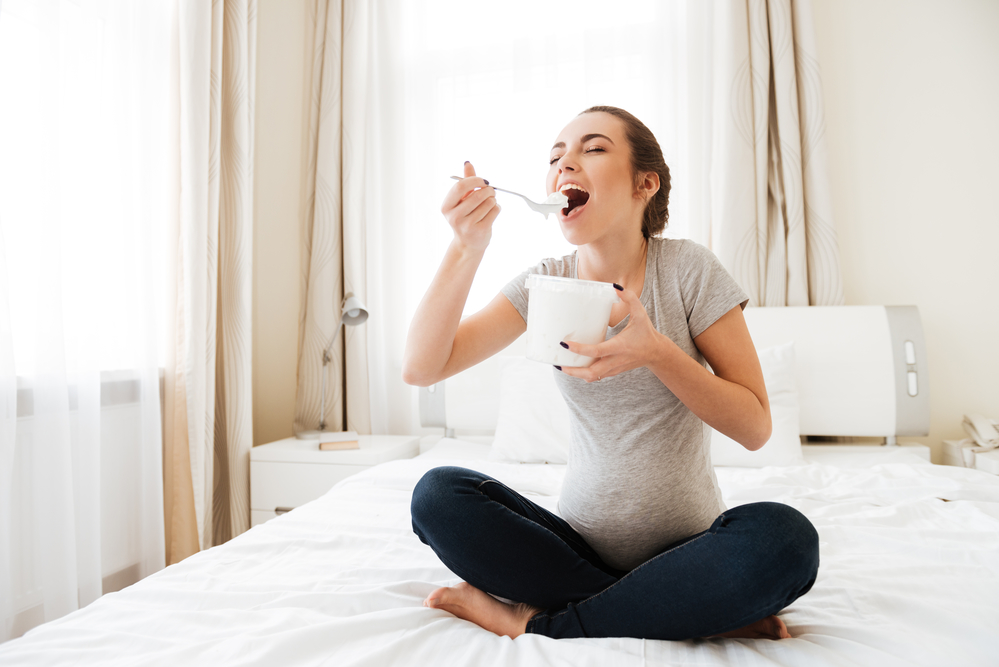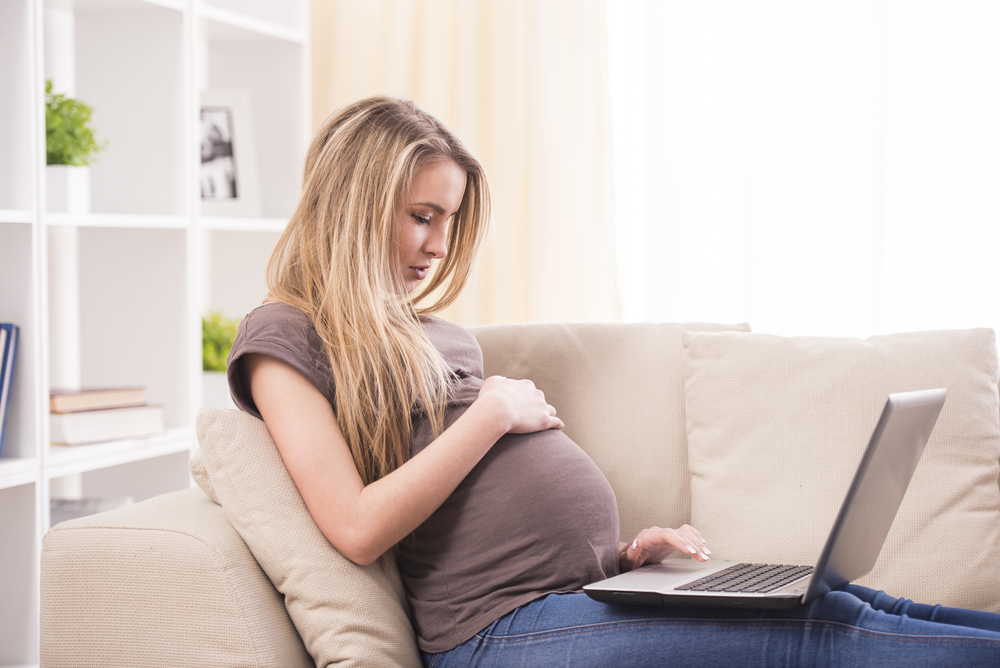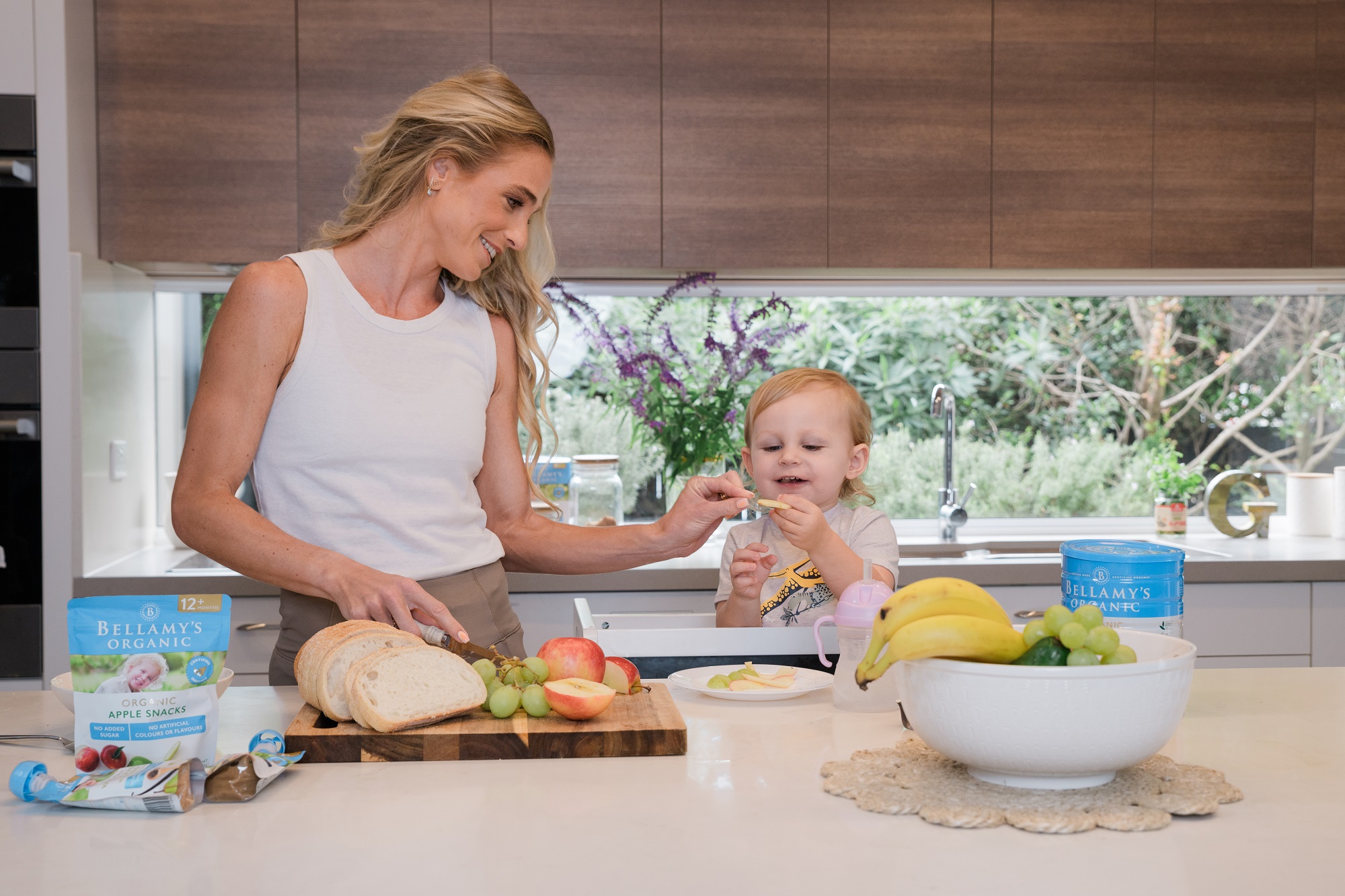Women will spend quite literally thousands of dollars trying to work this out, but it’s really very simple.
As an embryologist, turned Fertility educator and IVF advocate, I have been working with women and couples who are trying to conceive for over 20 years, and this is one of the most common things I need to troubleshoot.
At high school, we are taught so much about how to avoid pregnancy that we are lead to believe that as soon as we stop our birth control, we’ll be pregnant in a matter of weeks.. and when this doesn’t happen, we set off on a journey of self-education that can very quickly spiral into obsession with ovulation test kits, external devices that promise to track our fertile windows and apps for our phones that promise to tell us everything we need to know.
In fact, a 2018 study found that the accuracy of ovulation prediction by cycle tracking apps was no better than 21%!
If you do a quick search for fertility tracking apps online, you will quickly be overwhelmed by the sheer number available – many of which are not free or require the purchase of an external device to ensure their accuracy.
But the reality is – even though we now carry computers in our pockets and the world has changed significantly – humans haven’t really changed that much and the menstrual cycle still works the way it did long before birth control was available.
Various factors such as diet, exercise, stress, ethnicity and body weight can play a role in a women’s menstrual cycle, in egg quality and in sperm quality too. Whilst many of these apps allow users to input this extra information, the algorithms required to determine the impact this has on predicting when a women is most fertile are lacking.
Some simple menstrual health education is also severely lacking in our education.
So, very basically, women have a cycle that consists of 2 main phases
- The follicular phase (this starts with our period and is the time when we are growing follicles – one of which will become the dominant follicle which hopefully contains an egg that will be released at ovulation)
- The luteal phase (when the *hopefully* fertilised egg makes it’s way to the uterus and starts to implant. If this doesn’t happen, then we start another follicular phase, have a period and the cycle begins again)
Cycles are calculated from day 1 of bleeding to day 1 of bleeding.
Women will release one egg per cycle (in rare cases possibly 2), and whilst some recent studies seem to be showing that the luteal phase (from ovulation to next period) isn’t ALWAYS 14 days, the egg is almost always released roughly 12-14 days before the next period.
The trouble is that we never know exactly WHEN the next cycle day 1 will be. If your cycle is 28 days, then its most likely that you are ovulating on day 14, but we know that lots of people don’t have a regular 28 day cycle, most women in fact will have a cycle that varies significantly from that.
If that variation is between 26-33 days, its most likely that you still have a fertile cycle, and its most likely that the variation in your cycle is in the follicular phase (the bit before ovulation). The luteal phase (the bit after ovulation) is usually fixed. But if you’re getting period, that almost always means you’re ovulating (it’s the process of ovulation that causes you to have your next period)
Our body will tell us when we are about to release an egg – if we stop relying on external devices to tell us, and instead, go back to listening to our bodies!
Now I don’t recommend this method if your trying NOT to conceive… but if you are tracking ovulation in an effort to find your most fertile window, a very common mistake is to rely on external device to tell you when ovulation is and withhold sex until that day – in the mistaken belief that the sperm volume and concentration will be better if you hold back for a few days, and that you need to exactly pin point ovulation in order to conceive
But the truth is that sperm survive for 3-5 days in the female reproductive tract, and the egg survives only 12-24 hours. Sperm are constantly being produced and stored in the testes and regular ejaculation can actually improve sperm quality.
So the key here is to start having unprotected sex roughly every 2-3 days from the end of your period, through until you notice signs of ovulation. You’re looking for signs like:
Increased libido
Increase sense of smell
Sensitivity in the breasts
Increased cervical mucous
A generalised feeling that everything is going your way – your clothes fit, you feel confident and on top of the world, and you actually WANT to choose the salad to eat (as opposed to when you’re just about to get your period when none of your clothes fit, all you want to eat is chips and chocolate and ALL the carbohydrates and lie on the sofa forever)
So how do you track ovulation for conception?
You keep an eye out for the signs listed above and you jot them down on a calendar (keep an old style one on the back of your toilet door or on the wall you look at when you’re on the loo). Before too long you will notice a pattern and you will know what YOUR signs of ovulation are.
It’s time to get back to knowing YOURSELF and YOUR body, rather than relying on costly ovulation test strips and period tracker apps
Overwhelmingly, most couples will conceive in the first 12 months of trying (roughly 80%). If you haven’t conceived in the first 6 months of trying, there is a 50% chance that you will need help – and no, I don’t mean you’re going to need IVF! Start with a fertility educator to help get you up to speed with all the stuff you should have been taught at school. There is HEAPS you can do to improve your natural fertility and those 90-120 days before conception are so incredibly important for the health of your future children, so gather all the information before you take your next steps
Lucy Lines
As a fully trained and clinically experienced embryologist I have had the good fortune to travel the world practicing my craft in IVF labs in Australia, Sweden, Ireland and the UK.
Over my first 17 years in the fertility ‘industry’ I became increasingly frustrated over the ‘business’ aspect that was creeping in to the large IVF companies and the huge gaps that was creating for patients accessing those services.
After a redundancy at 37 weeks pregnant, (and at 44 years of age) I saw an opportunity to fill those gaps – with education, care, support, guidance and space for women and couples experiencing difficulties with their fertility – totally independent of the big businesses!
I now offer my services through Two Lines Fertility – with my signature program, IVF WTF, my website and blog, e-courses and, of course, 1:1 support, I now help women and couples feel empowered, and more importantly EDUCATED and in control of their fertility, whether they are right at the beginning of considering growing their families, in the depths of IVF treatment, or anywhere in between.
Contact:
Website: www.twolinesfertility.com.au
Email lucy@twolinesfertility.com.au
Instagram: www.isntagram.com/twolinesfertility
Facebook: www.facebook.com/twolinesfertility









